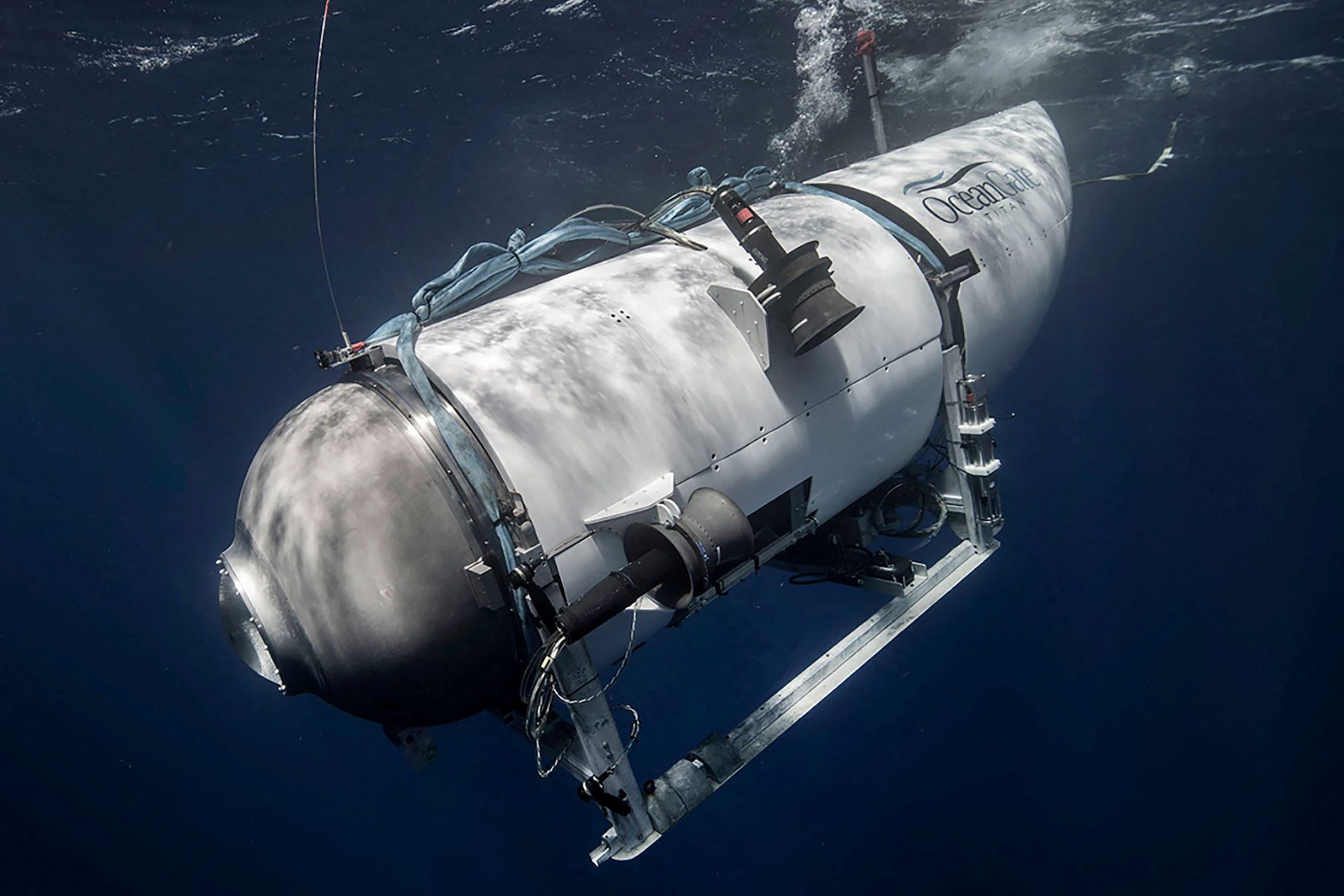About as dense as aluminum, but can get to steel-like compressive strength if cured under heat and pressure. Not as great in tension, so it can't compete with carbon for surface boats. But they're starting to use it for offshore structures and have designed underwater housings for 3,000-6,000m depths.
The big deal is how it's much easier to cast a thick hull out of a concrete-like material, even with extra-special handling and curing, than to bend and weld one out of metal plates, especially avoiding any weld defects. So one can use spherical curves, complex shapes, extreme thickness, and still keep the cost low.
A lot has changed since then. In the 1960s, state of the art concrete was 6-10 ksi, and still included coarse aggregate and steel rebars. Now it's dust-sized aggregate, <10% water (not workable by hand at all), reinforced by thin glass or carbon fibers, and gets to 30-45 ksi in the field and 50-100 in the labs.
It's not going to beat titanium, but has already passed high-yield steel and aluminum. CFRP is an even stronger option, but it's even more expensive and doesn't do as well in seawater.






